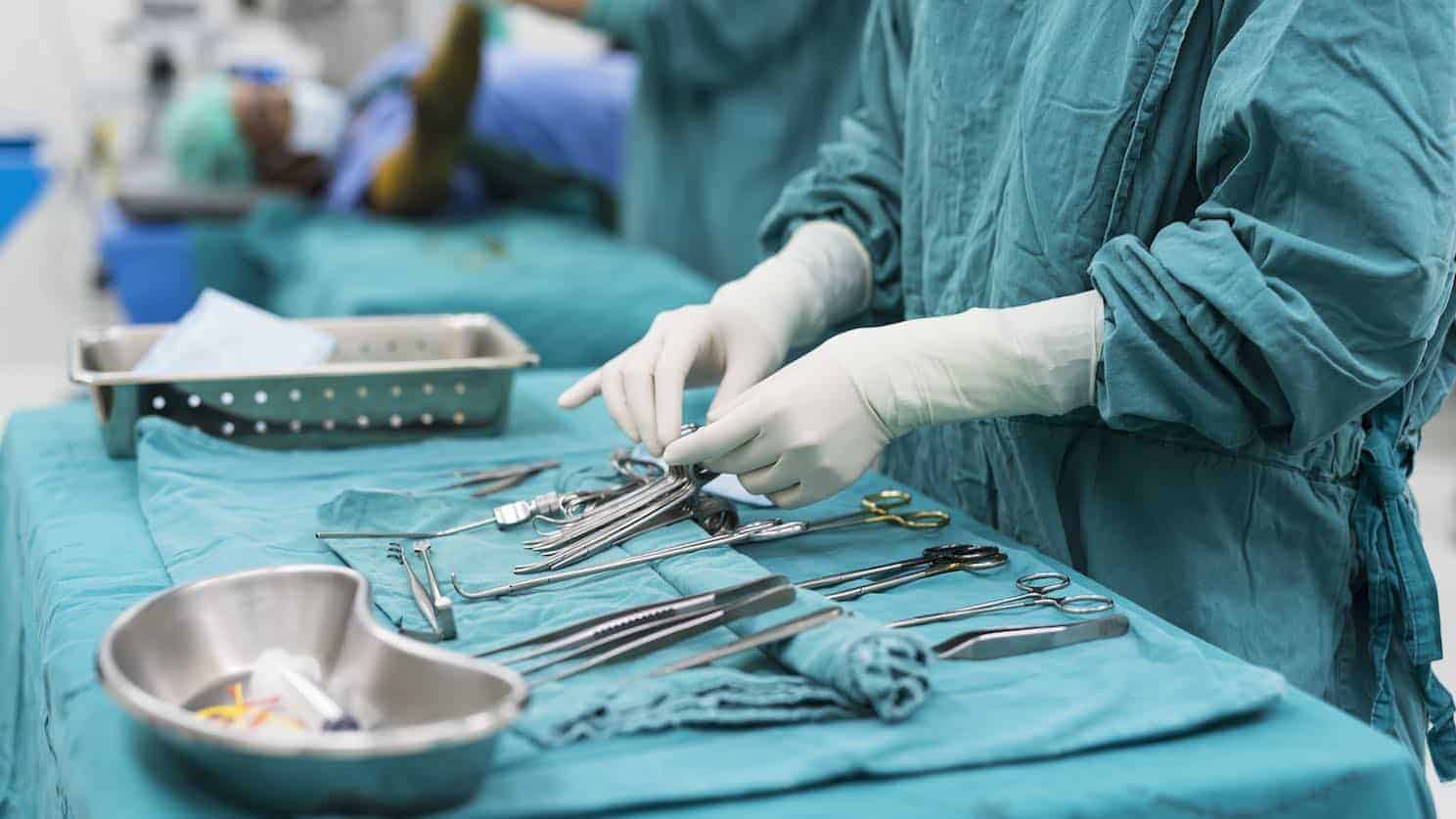Are you risk-averse? If you are, then you may be avoiding cosmetic surgery out of fear of the various risks involved.
As Australia’s leading source for aesthetics news and information, Costhetics wants you to have the facts, and the fact is, cosmetic surgery may not be as risky as you think.
Elective surgery is, by definition, a choice and we want your choice to be well informed. In this article, we examine top elective surgical procedures to see how cosmetic surgery compares in terms of safety and benefits.
Understanding Elective Surgery
In the operating room, surgeons perform three types of surgery:
- Elective (optional) surgery such as blepharoplasty (eyelid surgery) may be scheduled and performed at any time.
- Semi-elective surgery (also known as medically required surgery) such as rhinoplasty is scheduled in response to a patient’s need. This is also known as semi-elective surgery.
- Emergency surgery is performed as a medical emergency and does not allow for scheduling.
Who, Not What, Can Lower Your Risks
There are many things patients can do themselves before and after cosmetic surgery to reduce their risk of complications:
- Follow your surgeon’s pre- and post-operative instructions
- Have a physical one month prior to surgery
- Stop smoking
- Avoid taking aspirin for one week
- Stay hydrated
- Watch what you eat
That being said, the single most important thing you can do to make your cosmetic surgery a success is to work with a well-qualified surgeon. The American Society of Plastic Surgeons says the key to a good plastic surgery involves:
- Knowledge/Experience – to know how to do what needs to be done
- Creativity – to find solutions to unique problems
- Wisdom – to know what can’t be done
When it comes to selecting your surgeon, it pays to do your homework. Check online for patient reviews, peer opinions, and any information you need to make a wise decision.
Risks of the Most Common Elective Surgeries
Costhetics didn’t want to look at the risks and benefits of cosmetic surgery in a vacuum, so we did some research into
- Exploratory Surgery – Exploratory surgery is a surgeon’s fact-finding mission. What is learned during this procedure will the doctor in his/her diagnosis and treatment plan. Colonoscopies are a commonly ordered elective procedure. The risks are similar to cosmetic surgery.
- Replacement Surgery – Joints have never been happier thanks to hip, knee and other replacement/reconstructive surgeries. Though considered elective, these valuable surgeries help patients increase mobility and reduce pain. In addition to typical surgical risks, there are additional red flags associated with replacement surgery:
- Implant failure
- Extended recovery time
- Need for multiple surgeries
- Cardiovascular surgery – There are several elective surgeries to address heart damage and improve quality of life. They include:
- Angioplasty
- Bypass
- Radio frequency ablation
Each elective surgery performed on the heart has a unique set of risks, from equipment problems to surgical error.
Cosmetic Surgery’s Risk-Reward Ratio
Cosmetic surgery techniques allow surgeons to reconstruct parts of the body for cosmetic reasons. High-demand for facial cosmetic surgery procedures in Australia include:
- Chin and cheek fat augmentation and removal
- Brow lift
- Facelift
- Otoplasty (ear surgery)
- Neck lift (lower rhytidectomy)
These cosmetic surgeries carry the same risks as all surgical procedures:
- Complications due to anaesthesia
- Infection
- Blood clots
- Delayed healing
- Scarring
- Loss of sensation
Is the risk worth the reward? The operations may not be a medical necessity, but they can greatly influence a person’s emotional good health. This is particularly true with procedures for individuals who have been in accidents or are battling disease like cancer:
- Breast reconstruction
- Facial plastic surgery
- Burn reconstruction
- Rhinoplasty
High-Risk Cosmetic Surgery
It’s true that some cosmetic procedures that are extremely dangerous. Some people simply aren’t aware of the risks involved. If you’re one of those people, here’s what to be wary of:
- Brazilian Butt Lift – Unlicensed providers perform ‘back alley’ lifts, often with counterfeit fillers and frequently mis-injecting the patient. This can cause the filler to enter the bloodstream and create a potential for a lethal pulmonary embolism.
- Large Volume Liposuction – Though a quick-fix for fat loss, high-volume lipo can lead to dehydration as it forces fluid to shift around in the body. This can, in turn, lead to hypovolemic shock, a condition in which the heart cannot pump sufficient blood to the body
- Tummy Tuck – During recovery from abdominoplasty, patients may be immobilised and the lack of movement can lead to blood clots that can enter the lungs. This is of particular concern for older patients and for individuals who are overweight, are taking hormones, or have had previous surgeries.
Do you think the risks of cosmetic surgery are appropriate to the rewards or that surgically altering your body on the altar of beauty is a mistake? Whatever your point of you, we agree. Only you know what’s right for you. We don’t judge that…and we hope you won’t judge people who don’t share your perspective.
Stay beautiful!
